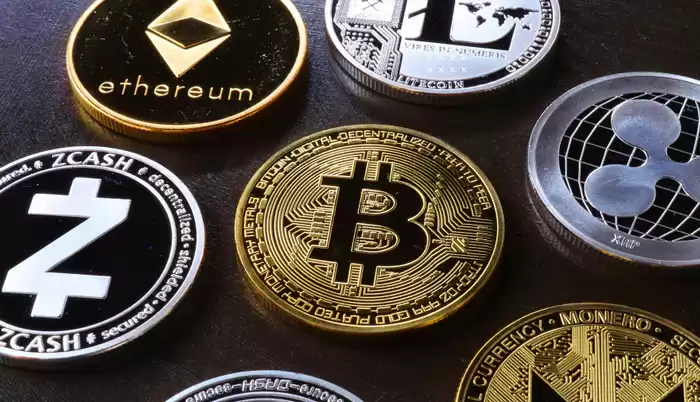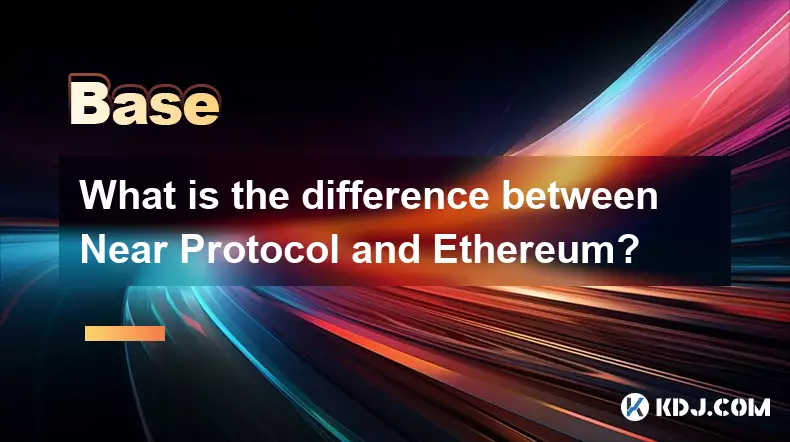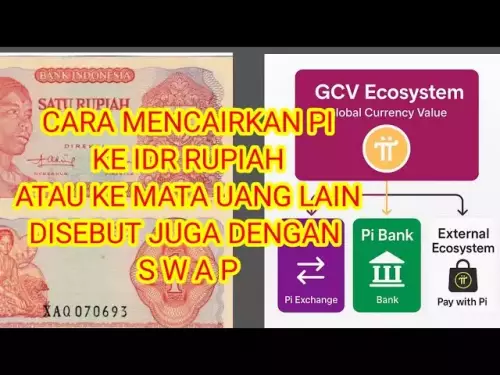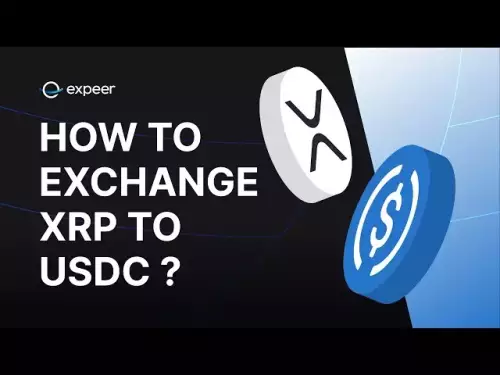-
 bitcoin
bitcoin $112715.707551 USD
-1.71% -
 ethereum
ethereum $4101.475385 USD
-3.01% -
 tether
tether $1.000644 USD
-0.02% -
 bnb
bnb $1207.619465 USD
-6.77% -
 xrp
xrp $2.501451 USD
-3.98% -
 solana
solana $202.947124 USD
-3.32% -
 usd-coin
usd-coin $1.000295 USD
0.04% -
 dogecoin
dogecoin $0.203884 USD
-4.47% -
 tron
tron $0.317154 USD
-1.72% -
 cardano
cardano $0.695009 USD
-4.43% -
 hyperliquid
hyperliquid $38.853961 USD
-8.23% -
 chainlink
chainlink $18.988674 USD
-4.64% -
 ethena-usde
ethena-usde $1.000233 USD
-0.03% -
 stellar
stellar $0.337050 USD
-3.63% -
 bitcoin-cash
bitcoin-cash $536.861728 USD
-1.28%
What Is Annual Percentage Yield (APY)
APY considers compounding, which results in a higher effective annual return compared to APR, making it a more accurate representation of investment growth.
Oct 16, 2024 at 03:16 pm

Annual Percentage Yield (APY) is the effective annual rate of return on an investment, accounting for the compounding of interest. While it may seem similar to Annual Percentage Rate (APR), APY takes into account compounding, while APR does not.
2. Compounding of InterestCompounding refers to the process where interest is added to the principal at regular intervals, resulting in faster growth of your investment over time. The frequency of compounding affects the APY. More frequent compounding leads to a higher APY.
3. CalculationThe APY can be calculated using the following formula:
APY = (1 + (APR / n))^n - 1
where:
APR is the Annual Percentage Rate
n is the number of compounding periods per year
APY is typically used for investments such as savings accounts, certificates of deposit (CDs), and money market accounts. It helps investors compare different investment options and determine the effective annual return they can expect.
5. ExampleConsider an investment with an APR of 3% and monthly compounding.
APY = (1 + (0.03 / 12))^12 - 1 = 3.04%
This means that your investment would grow by 3.04% annually if the interest is compounded monthly, even though the APR is only 3%.
6. SignificanceAPY is an important factor to consider when choosing an investment because:
It provides a more accurate representation of the actual growth of your investment.
It allows you to compare different investments with varying compounding periods.
It helps you make informed decisions about where to deposit your money for optimal returns.
Disclaimer:info@kdj.com
The information provided is not trading advice. kdj.com does not assume any responsibility for any investments made based on the information provided in this article. Cryptocurrencies are highly volatile and it is highly recommended that you invest with caution after thorough research!
If you believe that the content used on this website infringes your copyright, please contact us immediately (info@kdj.com) and we will delete it promptly.
- PayPal, PYUSD, and Stablecoins: Riding the Wave of Digital Finance
- 2025-10-16 04:50:01
- Milk Mocha's $HUGS Token: Why the Whitelist & Presale 2025 are Exploding
- 2025-10-16 04:30:01
- Microsoft, Bitcoin, and GitHub: A Balancing Act in the Digital Age
- 2025-10-16 04:30:01
- Navigating the Crypto Chaos: Bitcoin Crash, Maturing Meme Coins, and Market Momentum
- 2025-10-16 04:30:01
- Sui Platform's Typus Finance Hit by Oracle Exploit: A Deep Dive
- 2025-10-16 05:10:01
- Solana's On-Chain Growth: Grayscale's Bets and the $260 Target
- 2025-10-16 04:40:01
Related knowledge

How do decentralized identity (DID) solutions work?
Oct 14,2025 at 11:36pm
Understanding Decentralized Identity in the Blockchain Ecosystem1. Decentralized identity (DID) solutions are built on blockchain networks, allowing i...

What is the difference between Near Protocol and Ethereum?
Oct 15,2025 at 08:01am
Near Protocol and Ethereum: Core Architectural Differences1. Near Protocol operates on a sharded blockchain architecture known as Nightshade, which al...

What does it mean for code to be "open source" in crypto?
Oct 12,2025 at 01:54pm
Understanding Open Source in the Cryptocurrency Ecosystem1. In the context of cryptocurrency, open source refers to software whose code is publicly ac...

What is the purpose of a "testnet"?
Oct 12,2025 at 09:01am
Understanding the Role of Testnets in Blockchain Development1. A testnet serves as a parallel version of a blockchain network, designed specifically f...

How to avoid phishing scams in crypto?
Oct 13,2025 at 06:18pm
Understanding Common Crypto Phishing Tactics1. Cybercriminals frequently use fake websites that mirror legitimate crypto exchanges or wallet platforms...

What is the difference between single-collateral and multi-collateral Dai?
Oct 12,2025 at 05:18pm
Understanding Single-Collateral Dai1. Single-Collateral Dai (SCD) was the original version of the Dai stablecoin launched by MakerDAO in 2017. It allo...

How do decentralized identity (DID) solutions work?
Oct 14,2025 at 11:36pm
Understanding Decentralized Identity in the Blockchain Ecosystem1. Decentralized identity (DID) solutions are built on blockchain networks, allowing i...

What is the difference between Near Protocol and Ethereum?
Oct 15,2025 at 08:01am
Near Protocol and Ethereum: Core Architectural Differences1. Near Protocol operates on a sharded blockchain architecture known as Nightshade, which al...

What does it mean for code to be "open source" in crypto?
Oct 12,2025 at 01:54pm
Understanding Open Source in the Cryptocurrency Ecosystem1. In the context of cryptocurrency, open source refers to software whose code is publicly ac...

What is the purpose of a "testnet"?
Oct 12,2025 at 09:01am
Understanding the Role of Testnets in Blockchain Development1. A testnet serves as a parallel version of a blockchain network, designed specifically f...

How to avoid phishing scams in crypto?
Oct 13,2025 at 06:18pm
Understanding Common Crypto Phishing Tactics1. Cybercriminals frequently use fake websites that mirror legitimate crypto exchanges or wallet platforms...

What is the difference between single-collateral and multi-collateral Dai?
Oct 12,2025 at 05:18pm
Understanding Single-Collateral Dai1. Single-Collateral Dai (SCD) was the original version of the Dai stablecoin launched by MakerDAO in 2017. It allo...
See all articles










































































